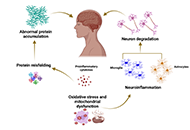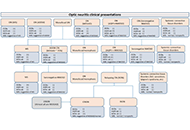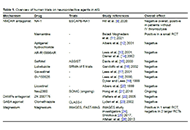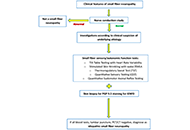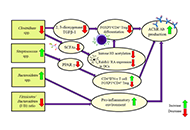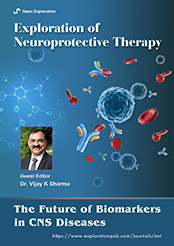
The Future of Biomarkers in CNS Diseases
Guest Editor
Dr. Vijay K Sharma E-Mail
Associate Professor, Yong Loo Lin School of Medicine, National University of Singapore; Senior Consultant, Division of Neurology, Department of Medicine, National University Health System, Singapore
Research Keywords: acute stroke; cerebral hemodynamics; intracranial stenosis; transcranial Doppler; carotid stenosis; thrombolysis
About the Special lssue
Neurological disorders are among the leading causes of mortality and long-term disability. Prolonged survival and an aging population are increasing the social and economic burden despite considerable improvements in medical care. The ever-increasing pressure on health-care systems has led to the development of better methods for early identification and treatment of diseases, in addition to early prognostication. As a result, novel methods for rapid diagnosis and treatment have evolved during the last two decades. Importantly, the development of biological markers has improved the diagnostic accuracy and risk stratification, in addition to monitoring the disease process. However, only a few of them have been integrated into clinical practice.
This special edition of Explorations of Neuroprotective Therapy aims to provide an overview of the biomarkers for various neurological disorders. Authors describe currently available biomarkers as well as those in various stages of development, which may help better understand the disease process and improve healthcare delivery, as well as outcomes in various neurological disorders.
Published Articles
